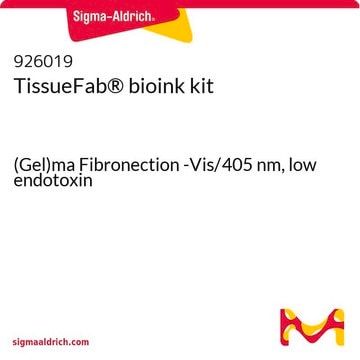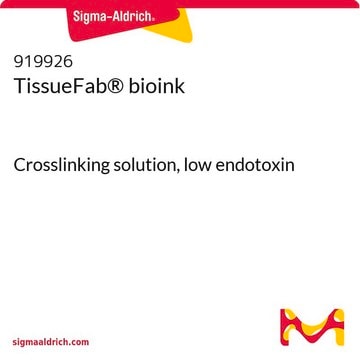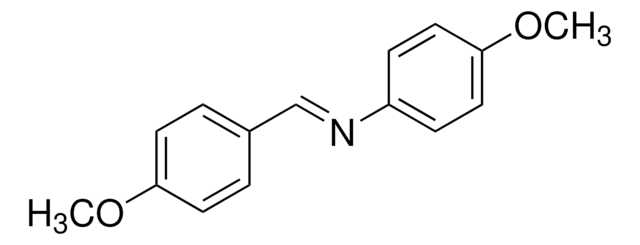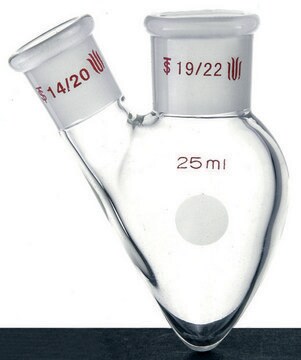おすすめの製品
形状
viscous liquid
不純物
<25 EU/mL Endotoxin
色
white
pH
6.5-7
密度
1.050 g/mL
アプリケーション
3D bioprinting
保管温度
2-8°C
詳細
Material comes prepackaged in syringe with 5ml of product.
アプリケーション
法的情報
保管分類コード
12 - Non Combustible Liquids
WGK
WGK 2
引火点(°F)
Not applicable
引火点(℃)
Not applicable
適用法令
試験研究用途を考慮した関連法令を主に挙げております。化学物質以外については、一部の情報のみ提供しています。 製品を安全かつ合法的に使用することは、使用者の義務です。最新情報により修正される場合があります。WEBの反映には時間を要することがあるため、適宜SDSをご参照ください。
Jan Code
901950-1EA:
901950-BULK:
901950-1EA-PW:
901950-VAR:
試験成績書(COA)
製品のロット番号・バッチ番号を入力して、試験成績書(COA) を検索できます。ロット番号・バッチ番号は、製品ラベルに「Lot」または「Batch」に続いて記載されています。
この製品を見ている人はこちらもチェック
資料
Professor Shrike Zhang (Harvard Medical School, USA) discusses advances in 3D-bioprinted tissue models for in vitro drug testing, reviews bioink selections, and provides application examples of 3D bioprinting in tissue model biofabrication.
Shrike Zhang教授(Harvard Medical School、米国)が、in vitroの薬物試験のための3Dバイオプリンティング組織モデルの進展について述べ、バイオインクの選択基準と組織モデルのバイオファブリケーションにおける3Dバイオプリンティングの応用例を紹介します。
プロトコル
Frequently asked questions (FAQs) for KAPA SYBR® FAST One-Step qRT-PCR Kits.
ライフサイエンス、有機合成、材料科学、クロマトグラフィー、分析など、あらゆる分野の研究に経験のあるメンバーがおります。.
製品に関するお問い合わせはこちら(テクニカルサービス)












